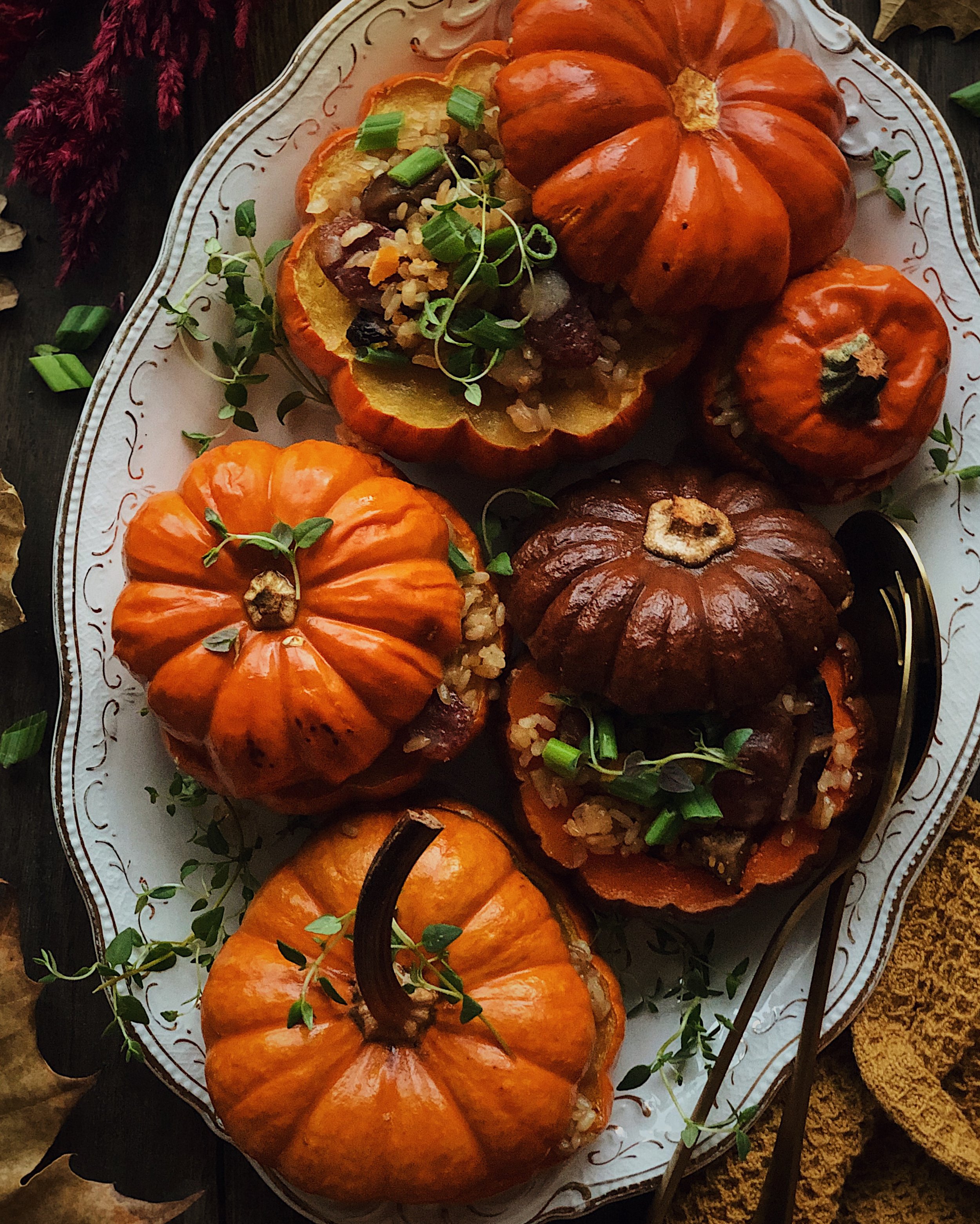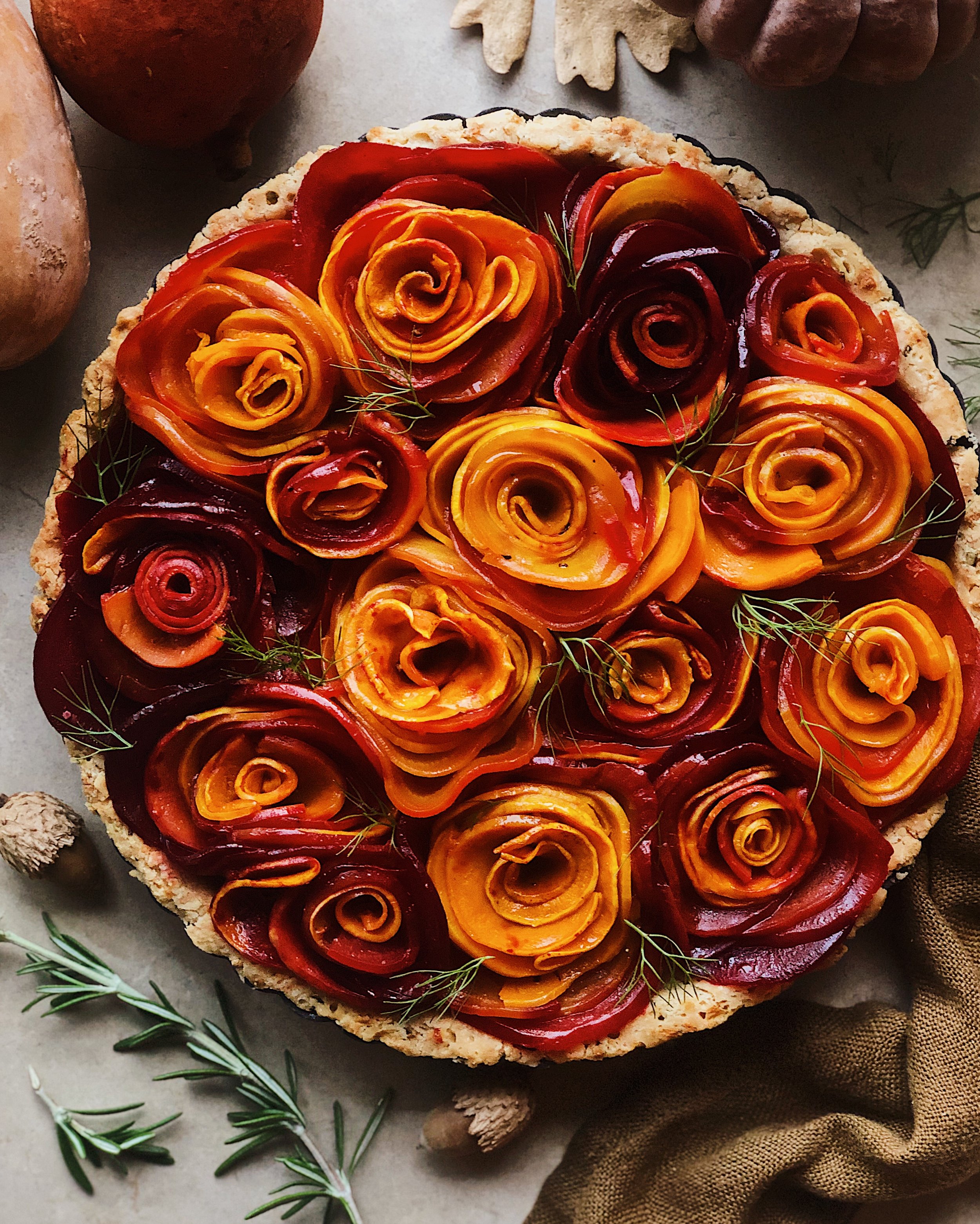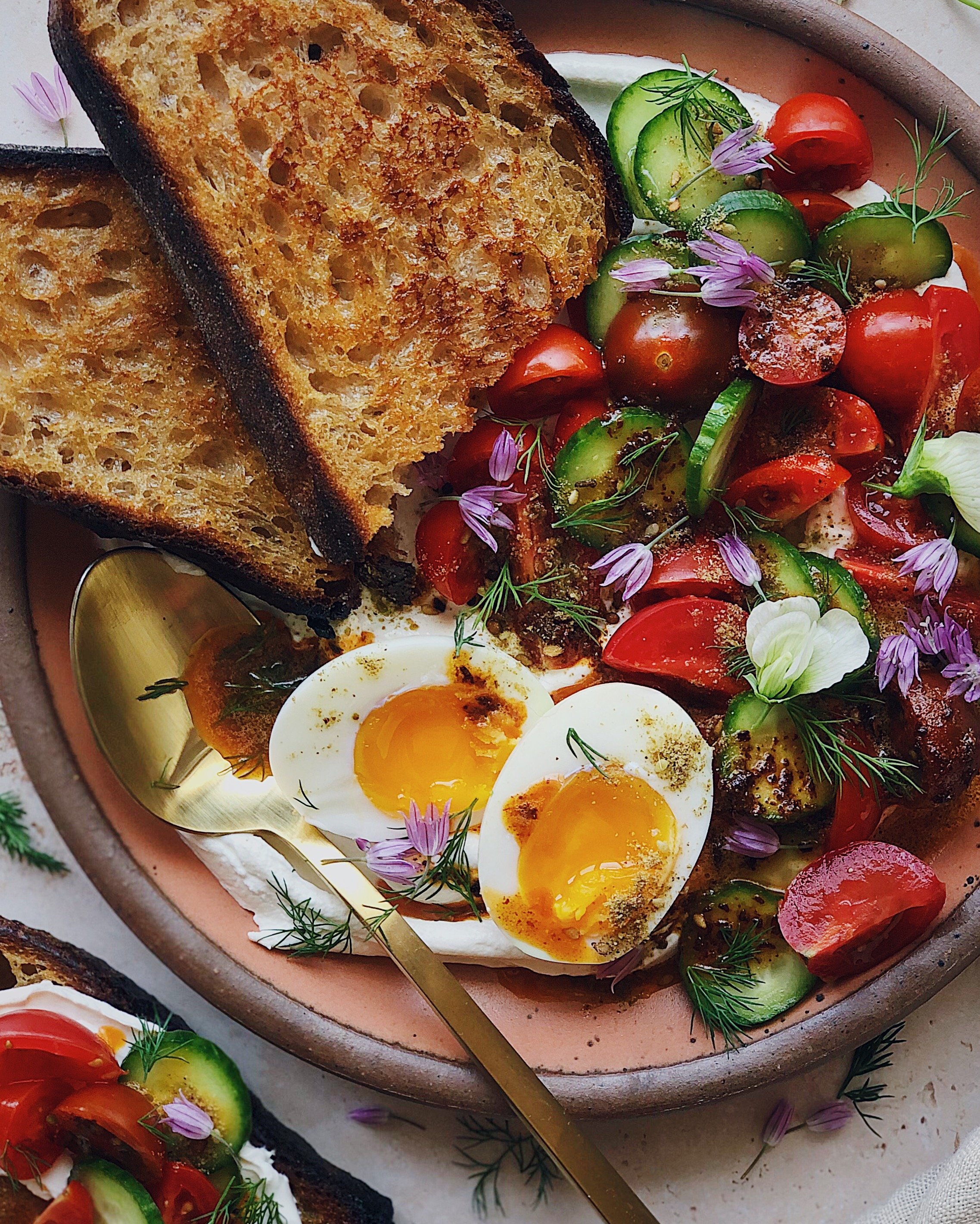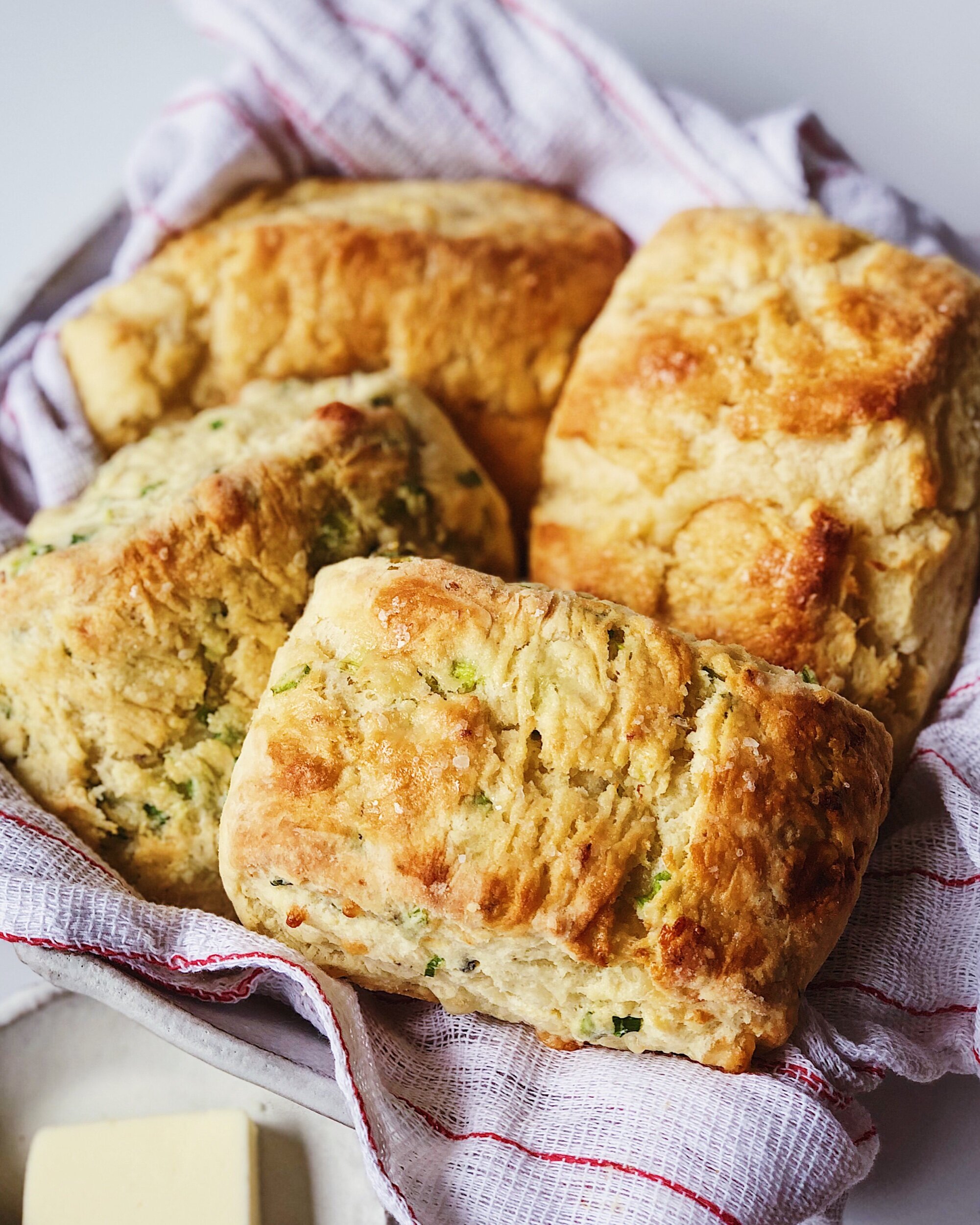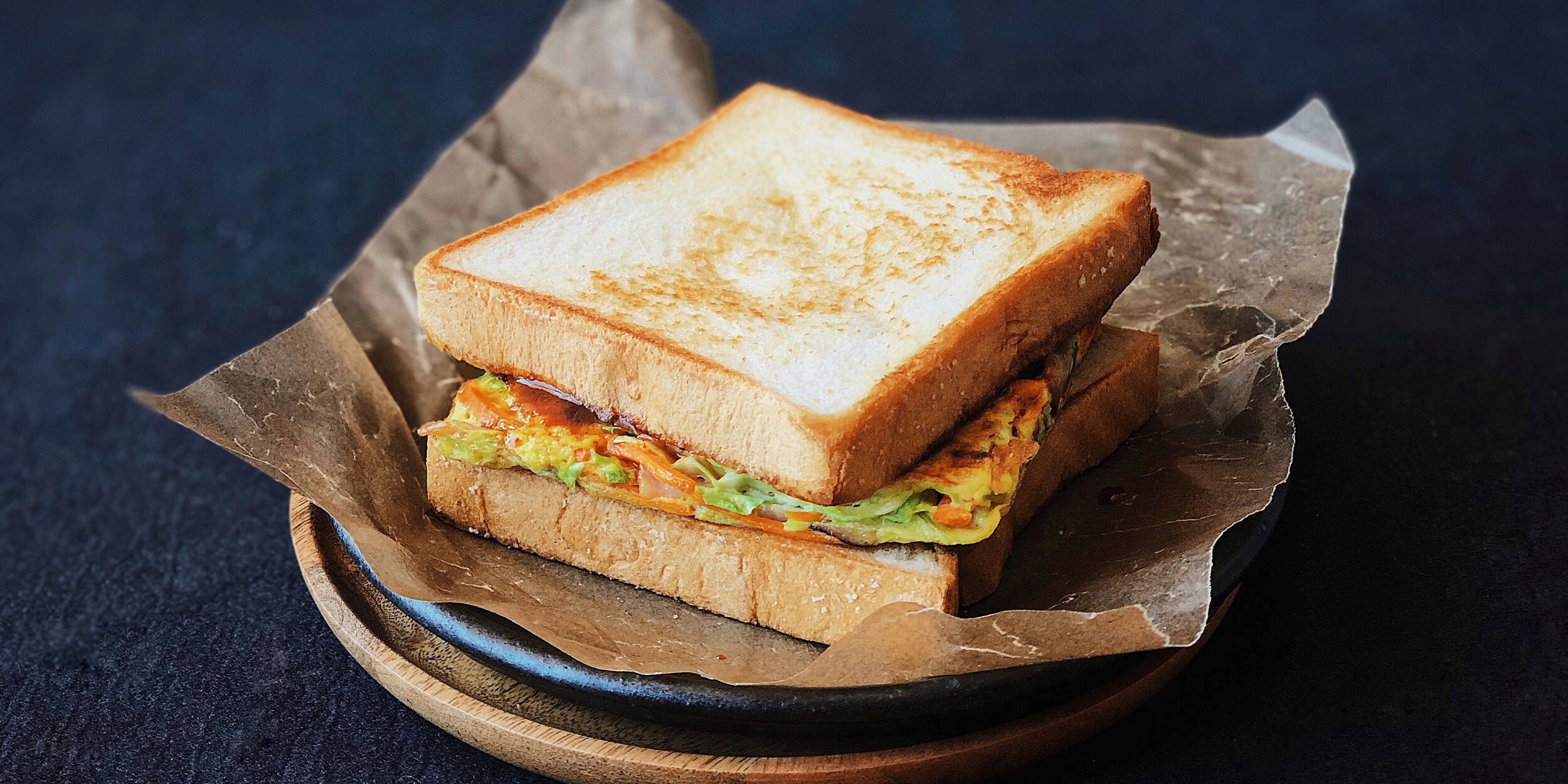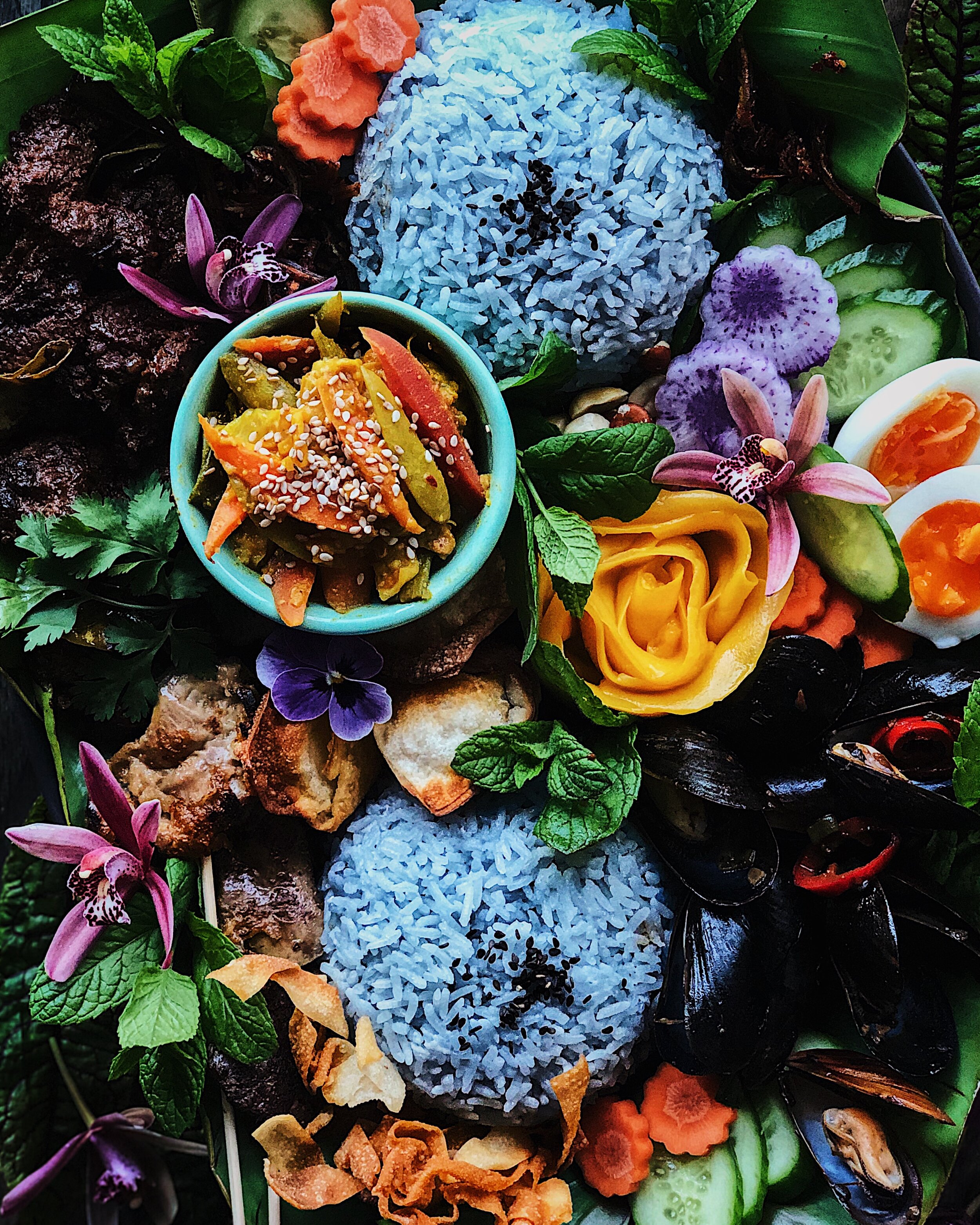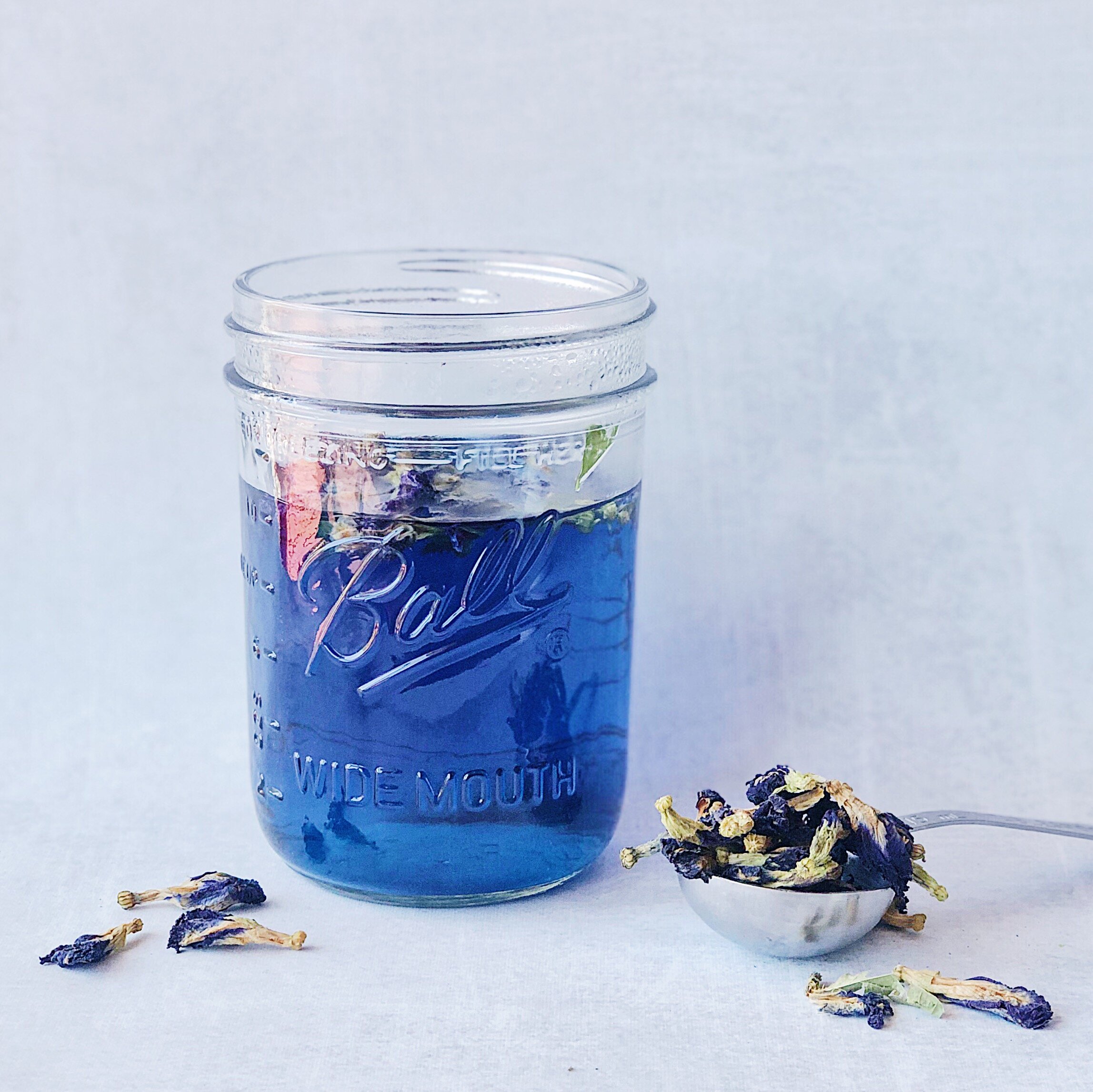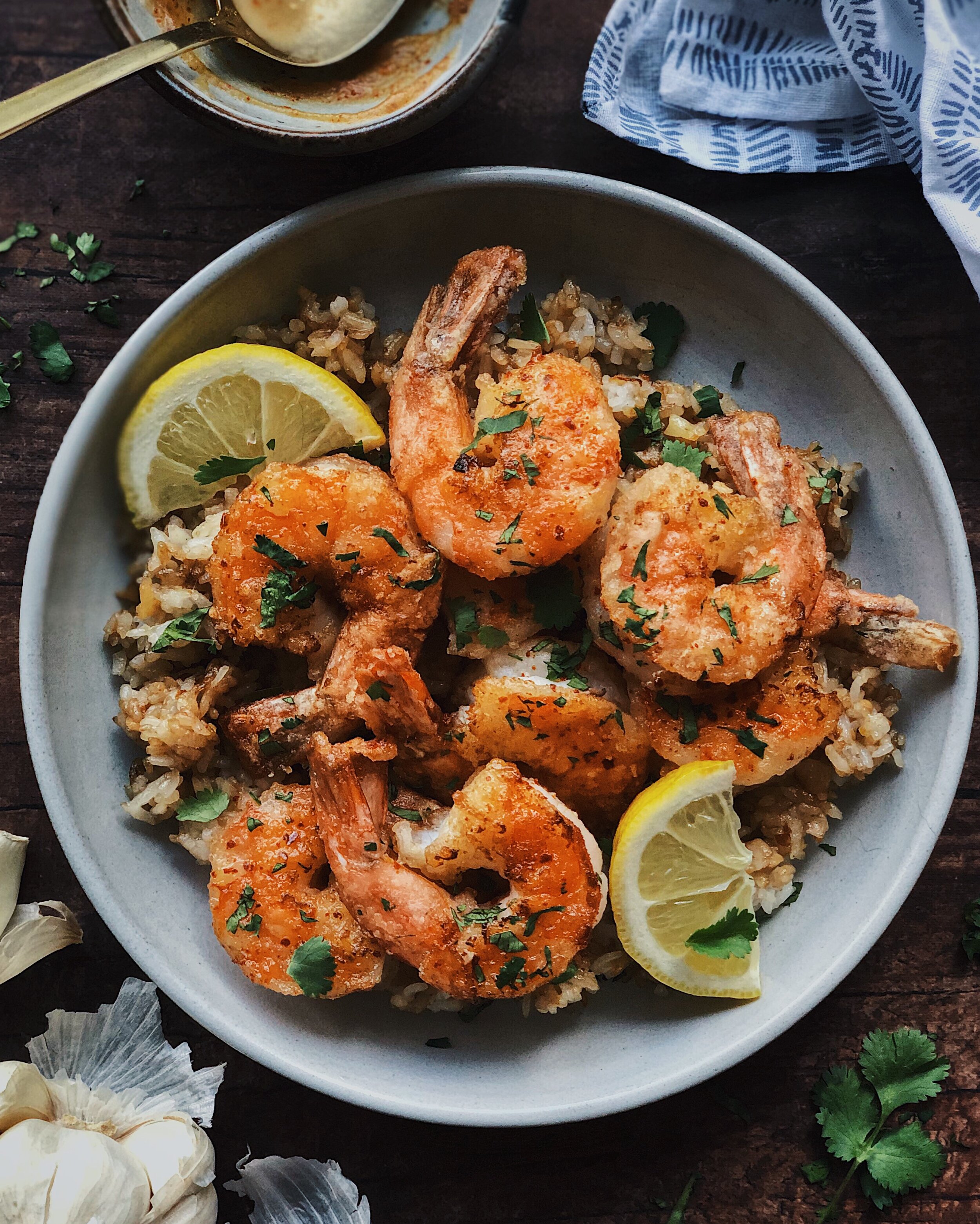Recipe: Chicken Satay
/Satay is a common street food in Malaysia, where my parents are from. Any sort of meat can be cut into small pieces and grilled on a skewer to be satay and it is fun (for me at least) to taste all the offal-ly bits. Vendors repeatedly fan the charcoal grill and flip handfuls of skewers back and forth for that signature char. I have fond memories during visits with my relatives where we would go to bigger satay joints and they would bring piles of satay to our table and we would feast on them stick by stick. Back when I was a kid those places used to bill by a somewhat honor system of counting the number of empty sticks we had at the end…and boy, did we have a lot.
Satay made of marinated chicken thighs is the easiest for me to recreate on my grill at home. Chicken thighs stay relatively moist when grilled and cook quickly. I developed this recipe from my memories of what it should taste like so I am not sure if it is the most authentic, but it does taste right to me!
How to Make Chicken Satay
Ingredients
1 1/2 lbs boneless/skinless chicken thighs, in 3/4–1” cubes
1 tbsp ginger, grated
3 tbsp brown sugar
2 tbsp fish sauce
2 tsp cumin
1 tsp turmeric
1/2 cup coconut milk
2 tbsp neutral oil, plus extra for grill
peanut butter, to taste
hoisin sauce, to taste
For Serving
cucumber, cut into small chunks
red onion, cut into small chunks
cilantro
peanuts, chopped
Procedure
The night before, place 12 bamboo skewers in water and let soak overnight. This will help prevent them from burning to a crisp on the grill.
Also the night before, whisk together grated ginger, brown sugar, fish sauce, cumin, turmeric, coconut milk, and oil to make the satay marinade. Combine with chicken cubes and coat the chicken thoroughly. Cover/seal and store in refrigerator to marinade overnight.
Spear chicken onto the skewers and leave covered in the refrigerator until ready to grill. (If making ahead, wrap exposed bamboo with a damp paper towel to prevent from drying out.)
Pour the leftover marinade into a small sauce pan and bring to a full simmer. Whisk in hoisin sauce and peanut butter to taste. Set aside until ready for serving.
A charcoal grill is recommended to get that smoky grilled satay flavor. When grill is ready, brush the grill rack with a bit of extra oil. Add chicken skewers to the grill, turning occasionally until the chicken is cooked through. As the pieces of chicken are small, these will cook fairly quickly, so be sure to monitor.
Transfer peanut sauce to a serving dish and top with chopped peanuts. Serve satay with cucumbers, onion, cilantro, and peanut sauce.
This recipe was originally written for my friends at Nomtastic Foods.









